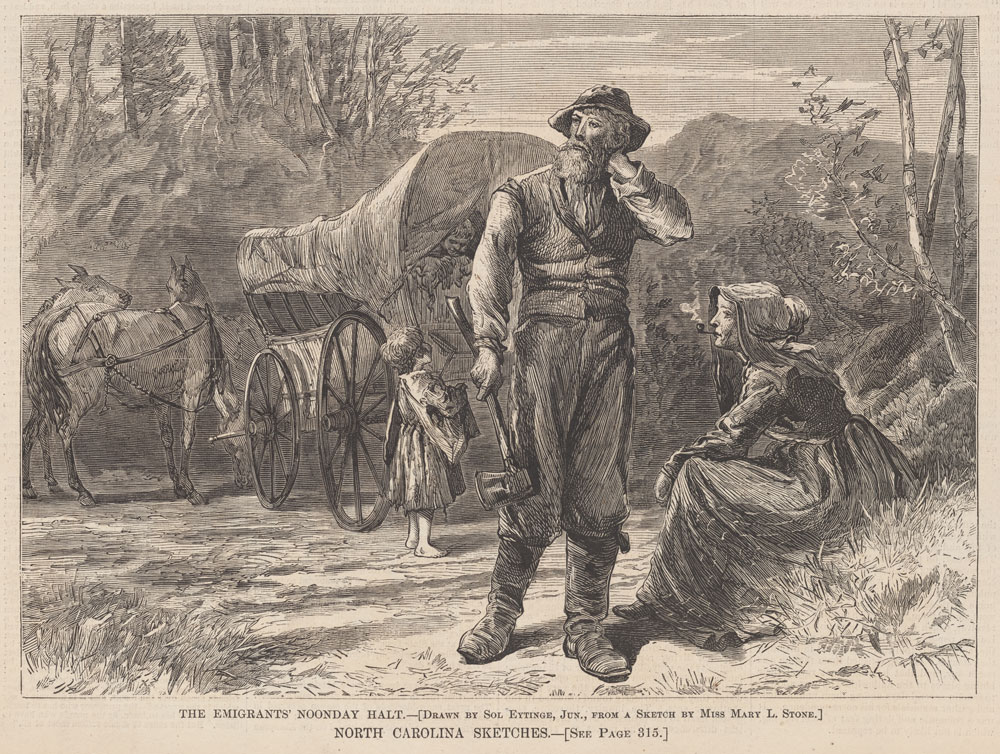
The Friends of the Library at the Flagler County Public Library host a history presentations by Zach Zacharias, Senior Curator of Education and History at the Museum of Arts and Sciences in Daytona Beach at 2 p.m. on Jan. 28 at the Flagler County Public Library, 2500 Palm Coast Pkwy NW, Palm Coast.
The topic: “Florida History through the Amazing Illustrations of Harper’s Weekly.”
Once the most popular newspaper in America from 1855-1910, Harper’s gave birth to modern journalism. Using amazing illustrations carved from wood engravings and new technology, Harper’s Illustrated Weekly could visually document moments in American and Florida History with great ease. A blend of art, technology and history, this presentation takes you on a visual journey through the state during The Civil War and Gilded Age of Florida. The art is exquisite and the stories are amazing.
The website americanantiquarian.org reports: “Harper Brothers publishing house in New York set the standard for illustrated magazines with the inauguration of its very popular Harper’s Monthly Magazine in1850, a staid literary magazine aimed at a broad but genteel reading public. This publication demonstrated that illustrations were now an indispensable element for a successful periodical, and after Frank Leslie (born Henry Carter; 1821-80) established Frank Leslie’s Illustrated Newspaper in 1855 with some success, Harper Brothers soon followed with its own pictorial weekly, Harper’s Weekly, in 1857. Unlike Leslie’s, which focused heavily on news events and at times even sensationalism, Harper’s followed the model of its magazine forebear, carrying less news and more literary content, and an utterly respectable reputation.”
“Henry Mills Alden, longtime editor of Harper’s Magazine, considered it to have been the first ‘popular illustrated magazine’ when it was started in 1850,” wrote Gib Prettyman of Harper’s early years in the scholarly journal American periodicals in 2001. “As such, Alden reflected, it had served as ‘a Real Encyclopedia of the living world,’ an ‘intimate blending of a magazine with the thought and life of a whole people, whose intellectual and emotional sensibility was so quickly responsive to its imaginative literature, and whose curiosity was so fully met by its articles of travel and exploration and by others of an informing character.'”
Prettyman continues: “Harper’s Weekly: A Journal of Civilization, first published in 1857, entered the 1880s as one of the most popular and influential periodicals in the country. Both its editor, George William Curtis, and its political cartoonist, Thomas Nast, were recognized as important shapers of national public opinion. Nast was at the height of his celebrity after the successful campaign against New York City’s notorious Boss Tweed in the early ’70s; during Nast’s attacks on Tweed, the circulation of the magazine tripled […]. Politically, the magazine shared in the post-war Republican triumph while maintaining a principled independence of judgment and calling consistently for reform of the Civil Service and other purely party-based decisions. In addition to Curtis’s editorials and Nast’s cartoons, the Weekly was distinguished for the quality and quantity of its illustrations at a time when the laborious process of woodcut engravings made pictures expensive and journalistically cumbersome.”
If you have any questions please contact the library at (386) 446-6763.




























Timothy Patrick Welch says
good stuff, thanks for the heads-up